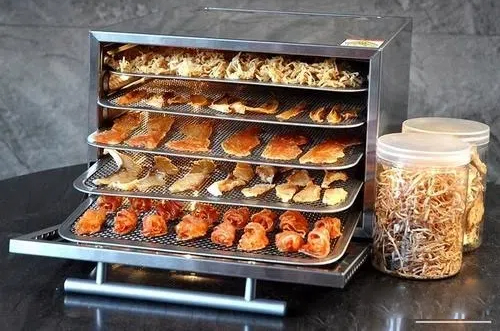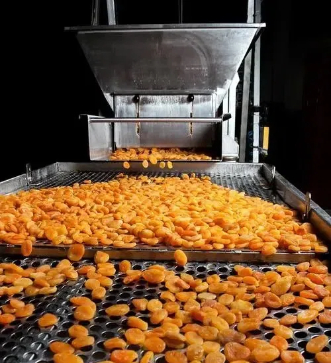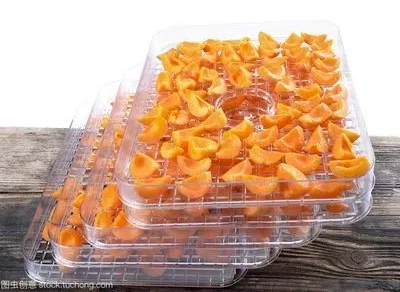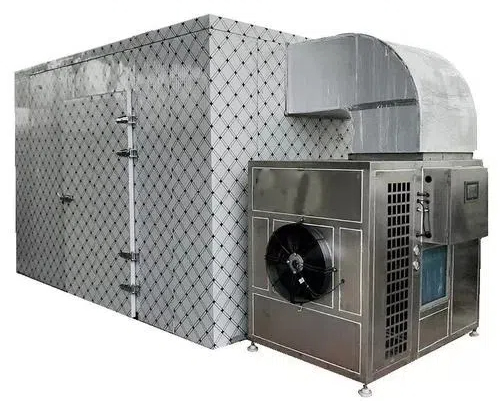
Content Menu
● Introduction
● Understanding Food Drying
● Types of Food Dryers
>> Electric Dehydrators
>> Solar Dryers
>> Microwave Dehydrators
● How Food Dryers Work
● Benefits of Using Food Dryers
>> Nutritional Benefits
>> Economic Advantages
>> Environmental Impact
● Choosing the Right Food Dryer
● Popular Food Dryer Brands and Models
● Tips for Effective Food Drying
>> Preparation
>> Avoid Overloading
>> Monitor Drying Times
● Conclusion
● Frequently Asked Questions
>> 1. What types of foods can be dried?
>> 2. How long does it take to dry food?
>> 3. Can I use a regular oven for drying food?
>> 4. What is the best temperature for drying fruits?
>> 5. How do I store dried foods properly?
Introduction
Food drying is an ancient preservation technique that has evolved into a modern necessity for both home cooks and commercial food producers. This method not only extends the shelf life of food but also enhances flavors and retains nutritional value. With the rise of health-conscious consumers and the demand for sustainable practices, food dryers have become essential kitchen appliances.

Understanding Food Drying
Food drying involves removing moisture from food to inhibit the growth of bacteria, yeasts, and molds. Historically, people dried food using sun exposure or air circulation. Today, advanced technology allows for more efficient and controlled drying processes, ensuring that food retains its quality and safety.
Types of Food Dryers
There are several types of food dryers available, each with its unique advantages:
Electric Dehydrators
These are the most common and come with multiple trays for drying various foods simultaneously. They use electric heat and fans to circulate air.
Solar Dryers
Ideal for sunny climates, these dryers harness solar energy to dehydrate food naturally.
Microwave Dehydrators
These compact devices use microwave energy to remove moisture quickly, suitable for small batches.
Each type has its pros and cons, depending on the user's needs and the food being dried.
How Food Dryers Work
Food dryers operate by applying heat and airflow to food items. The heat causes moisture to evaporate, while the airflow helps carry away the moisture-laden air. The ideal drying temperature varies by food type, but generally, fruits are dried at lower temperatures to preserve their flavor and nutrients.
Benefits of Using Food Dryers
The benefits of food drying are manifold:
Nutritional Benefits
Dried foods retain most of their vitamins and minerals, making them a healthy snack option.
Economic Advantages
Drying food at home can save money compared to purchasing pre-packaged dried goods.
Environmental Impact
By reducing food waste and packaging, food drying contributes to a more sustainable lifestyle.

Choosing the Right Food Dryer
When selecting a food dryer, consider factors such as capacity, energy efficiency, and specific features like timers and temperature controls. For home use, a compact model may suffice, while larger families or commercial operations might require more robust machines.
Popular Food Dryer Brands and Models
Several brands dominate the food dryer market, known for their reliability and performance. Models like the Magic Mill Food Dehydrator and COSORI Food Dehydrator are highly rated for their efficiency and user-friendly features.
Tips for Effective Food Drying
To maximize the effectiveness of your food dryer, follow these tips:
Preparation
Wash and cut food into uniform sizes for even drying.
Avoid Overloading
Ensure adequate airflow by not overcrowding trays.
Monitor Drying Times
Different foods require varying drying times; keep an eye on progress.
Conclusion
Food drying technology has transformed how we preserve and enjoy food. By investing in a quality food dryer, individuals can take control of their food preservation, reduce waste, and enjoy healthy snacks year-round. As we embrace sustainable practices, food drying stands out as a practical and rewarding solution.

Frequently Asked Questions
1. What types of foods can be dried?
Most fruits, vegetables, herbs, and meats can be dried. However, foods with high-fat content, like avocados, are not ideal for drying.
2. How long does it take to dry food?
Drying times vary based on the type of food and the dryer used. Generally, fruits take 6-12 hours, while vegetables may take 4-10 hours.
3. Can I use a regular oven for drying food?
Yes, a conventional oven can be used for drying, but it may not be as efficient as a dedicated food dehydrator.
4. What is the best temperature for drying fruits?
Fruits are typically dried at temperatures between 125°F to 135°F (52°C to 57°C) to preserve flavor and nutrients.
5. How do I store dried foods properly?
Store dried foods in airtight containers in a cool, dark place to maintain freshness and prevent moisture absorption.












